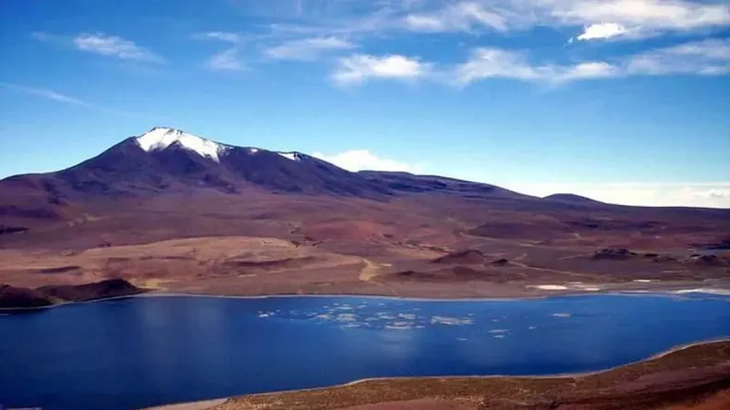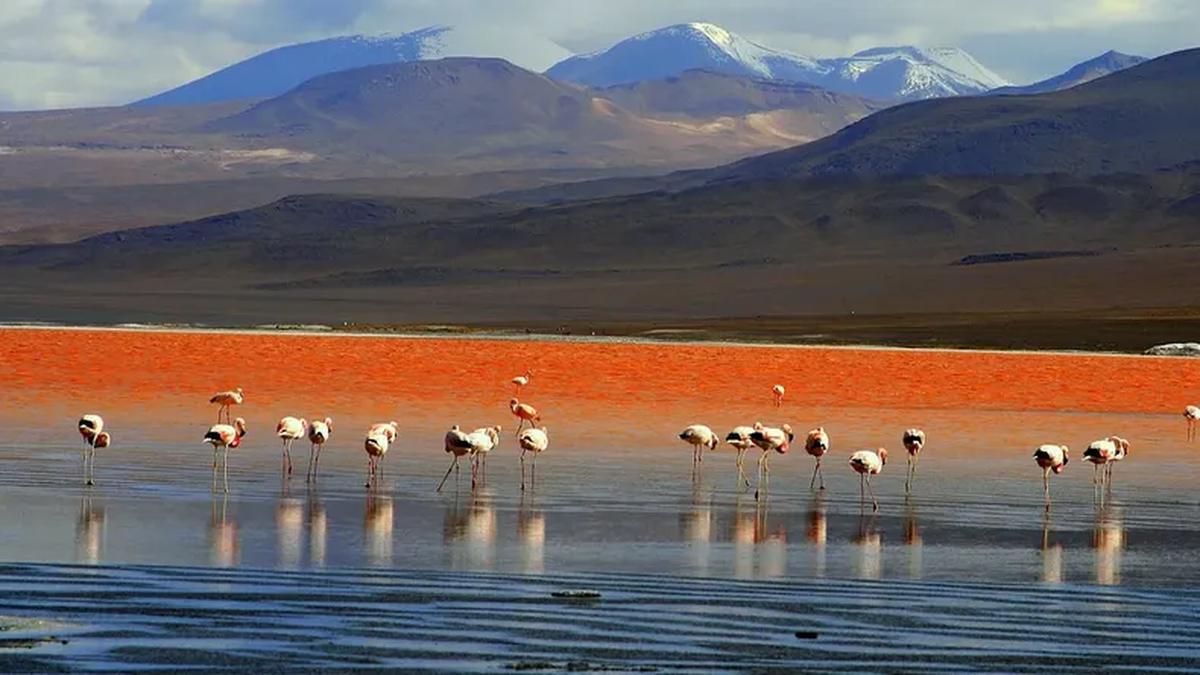This site located in Jujuy highlights the diversity of natural environments that our country has, ranging from mountains and wildlife.
The Vilama Lagoons, located in the northwest of Argentina, in the province of Jujuy, are one of the many hidden treasures that fascinate nature lovers. These water bodies, located more than 4,000 meters above sea level, are part of the Chinchilla High Andean Provincial Reserve and are distinguished by their rich biodiversity.
The content you want to access is exclusive to subscribers.
Despite their remoteness, these lagoons are a popular choice for adventurous travelers who want to immerse themselves in the tranquility of nature. With a surface area of 4,600 hectares and surrounded by imposing volcanoesthis place offers an unforgettable experience for those who enter the Andes mountains.


lagunas-vilama (1).webp

A lagoon, surrounded by the mountains of the Andes Mountains.
What to do in Lagunas de Vilama, Jujuy
Those who visit this destination seek to enjoy its unique fauna, flora and ecosystem. It is one of the few places where you can see flamingos, chinchillas, vicuñas and the lesser rhea. The lagoons, fed by melting ice, have unique physical-chemical characteristics, which makes them especially interesting.
- Bird watching such as James’s flamingos, Andean flamingos and the horned coot.
- Sightings of endangered and endemic species, such as vicuñas and the lesser rhea.
- Tours of the surrounding plains, known locally as “ciénegos”.
- Contemplation of the volcanoes that surround the lagoons, some exceeding 5,000 meters above sea level.
- Exploration of the shrub steppes and high Andean grasslands typical of the region.
How to get to Lagunas de Vilama, Jujuy
To get to the Vilama Lagoons from San Salvador de Jujuyyou must travel 340 kilometers to the north along the National Route 9and then take the detour with the National Route 70. Afterwards, it continues until the National Route 40 and advances to the town of Cusi Cusi. From there, continue until Farallon Lakes and the Provincial Route 85.
It is important to mention that the section from Cusi Cusi to the lagoons requires all-wheel drive vehicles as it is over 100 kilometers of mountain road with various challenges. It is recommended Take the trip with experienced drivers and bring food and clothing suitable for the low temperatures in the area.
Source: Ambito
I am an author and journalist who has worked in the entertainment industry for over a decade. I currently work as a news editor at a major news website, and my focus is on covering the latest trends in entertainment. I also write occasional pieces for other outlets, and have authored two books about the entertainment industry.




